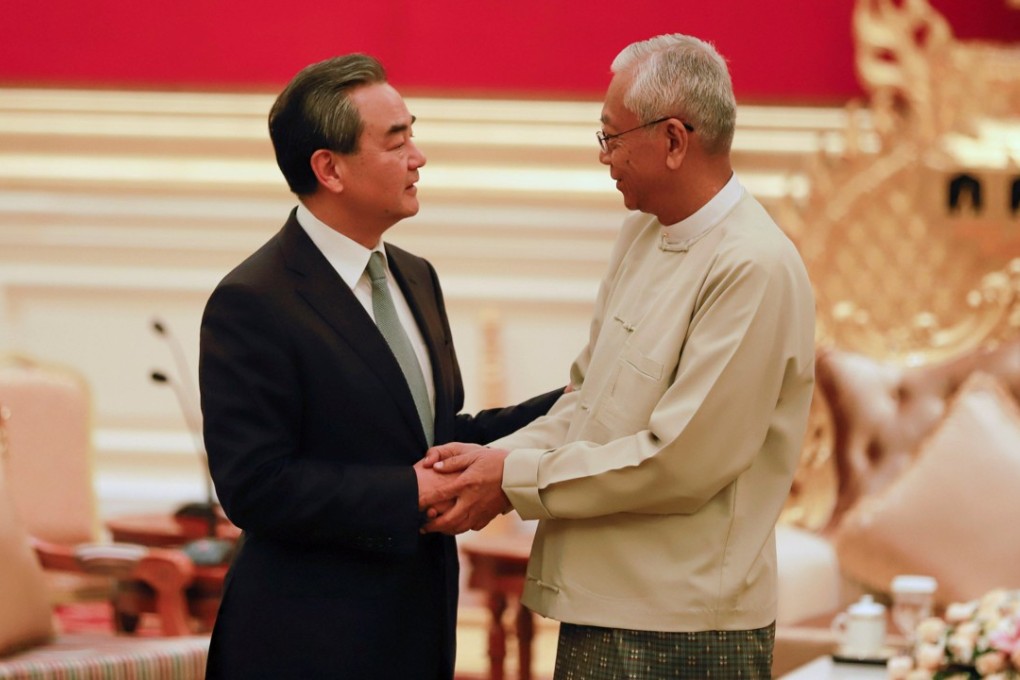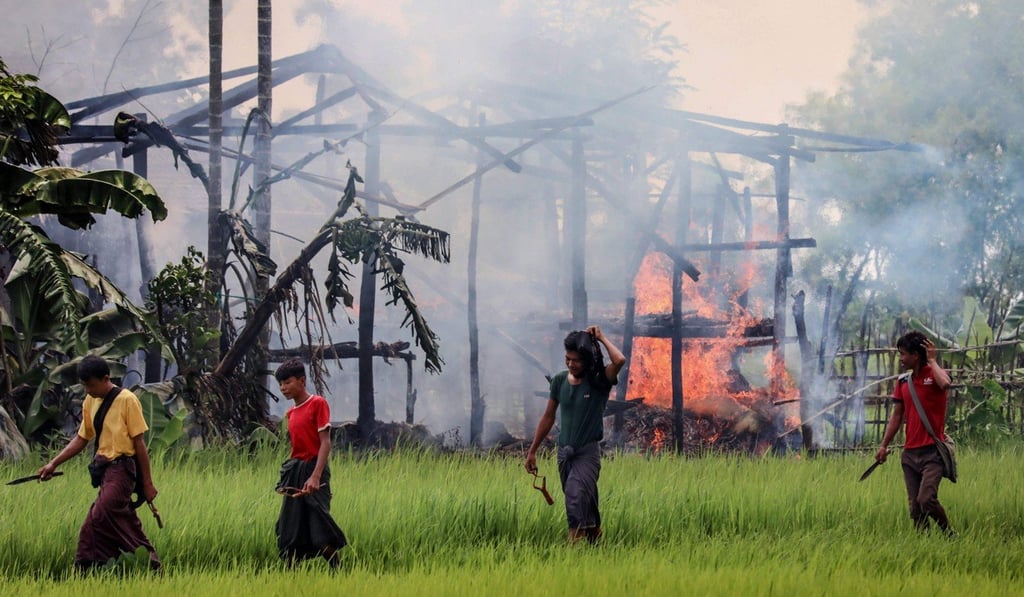Quick Take | Why China’s three-step approach won’t be enough to solve the Rohingya crisis
While the plan may address symptoms of the conflict, it fails to target root causes such as flawed citizenship laws and systemic discrimination that pervade Myanmar

China’s influence in Myanmar was challenged in recent years by Western engagement with Naypyidaw. But Beijing has identified the Rohingya crisis as an opportunity to further its economic and strategic interests and burnish its regional leadership credentials.
This should be of concern to foreign investors who are increasingly worried about the risk of doing business in Myanmar. Particularly given that US Secretary of State Rex Tillerson declared that the crackdown in Rakhine state constitutes “ethnic cleansing”. Business leaders should not mistake a potential stop to the worst of the violence as a long-term solution to the crisis.
Western criticism of Suu Kyi won’t help Myanmar – will China’s UN intervention?
So, what does China’s plan include? The first action point, arranging a ceasefire, is redundant because hostilities have all but ceased. According to the Myanmese military, there have been no clashes since September 5. Declaring an official ceasefire would therefore be an easy win for the military, but not change much on the ground.
A formal ceasefire would also be easy for the authorities to back away from, for example, if Rohingya militants carried out further attacks. Furthermore, a ceasefire announced by the military would not include ethnic Rakhine vigilante groups, which are responsible for carrying out significant atrocities against Rohingya communities.

Similarly, the second step in Beijing’s plan, to engage in talks to find a workable solution for the return of Rohingya refugees, is happening already. Soon after China announced its three-point action plan, Bangladesh and Myanmar signed a non-binding bilateral repatriation agreement.
Under the agreement, Myanmar will allow the return of refugees under certain conditions. But crucially, no details have been provided as to where they will be resettled or under what conditions. As things stand, the government is likely to cite ‘safety’ concerns as justification for resettling refugees in temporary internment camps with insufficient international oversight. This grim prospect, combined with valid concerns over their physical safety, mean that many refugees are unlikely to want to return voluntarily at this point.